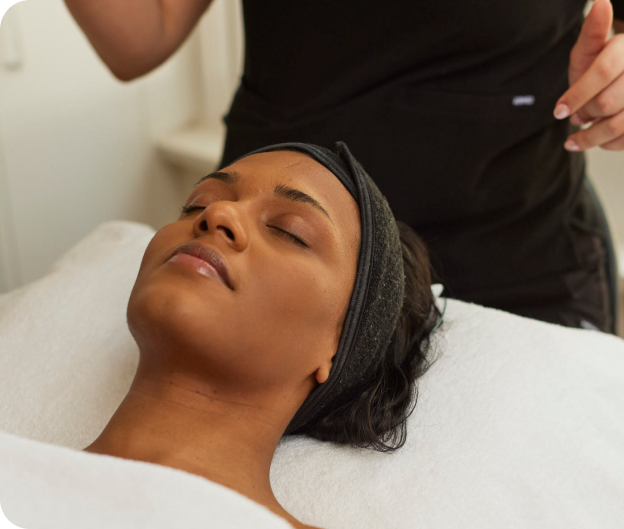
pic @lucybrownless
Being winter, we haven’t seen the sun for a while—and those pale limbs are making themselves known. With upcoming events or holidays, many of us start reaching for artificial tanning products to get that healthy glow without sun exposure. While using fake tan is generally safer than sunbaking, there are still a few things to keep in mind when getting your glow from a bottle.
- Artificial tan is safer than a real tan, but be mindful
Artificial tan is significantly safer than sun tanning. Exposure to UV radiation from natural sunbaking or tanning beds increases your risk of skin cancer, melanoma, sunspots, pigmentation, and premature ageing.
However, when using artificial tan, it’s important to apply it safely. The key ingredient in tanning products is Dihydroxyacetone (DHA), which darkens the skin. Although the levels used in self-tanners are low, avoid inhaling, ingesting, or getting it in your eyes. Apply the product with a mitt to reduce contact, and if you’re getting a spray tan, choose a salon with good ventilation.
At Skindepth Dermatology in St Kilda East, we advise our clients to be mindful of how they apply tan, especially when incorporating it into their broader skin care and treatment plan.
2. An artificial tan does not protect you from the sun
You might look sun-kissed, but your tanned skin offers zero protection from UV rays. Even if your self-tanner claims to have SPF, it may only offer temporary protection—and only shortly after application.
It’s vital to continue using a broad-spectrum sunscreen (SPF 50+) on all sun-exposed areas, regardless of how bronzed you appear.
3. Don’t assume organic tan is safer than non-organic tan
Organic fake tan might contain more natural ingredients, but it still includes DHA—the active chemical responsible for darkening your skin. So even if your tan is labelled “natural” or “organic,” be just as careful with application. Avoid inhalation, ingestion, and eye contact, just as you would with conventional tanning products.
4. Moisturise and moisturise
Artificial tanning products can be drying on the skin, so regular moisturising is key. Keeping your skin hydrated will prolong your tan and keep it looking smooth. Just remember to avoid oil-based moisturisers, as they can break down the tan more quickly.
At Skindepth, we often recommend specific moisturisers that complement artificial tans and support overall skin barrier health.
5. Avoid artificial tan if you are booked in for laser
If you're coming into Skindepth Dermatology for a laser treatment, it’s crucial to avoid artificial tan for at least 4 weeks prior to your session.
Why? Laser devices may target the pigment in your tanning product rather than the actual skin condition we’re treating—this can lead to complications like blistering, burning, hyperpigmentation, or hypopigmentation. It’s best to allow all artificial pigment to fade completely before undergoing any laser treatment.
Whether you're preparing for a holiday, a special event, or just want a winter glow, be sure to tan smart. For personalised advice on skin treatments and cosmetic services, visit Skindepth Dermatology, your trusted skin clinic in Melbourne’s St Kilda East, led by Dr Alice Rudd.
📞 Call (03) 9527 4209 or visit www.skindepth.com.au to book your appointment.
